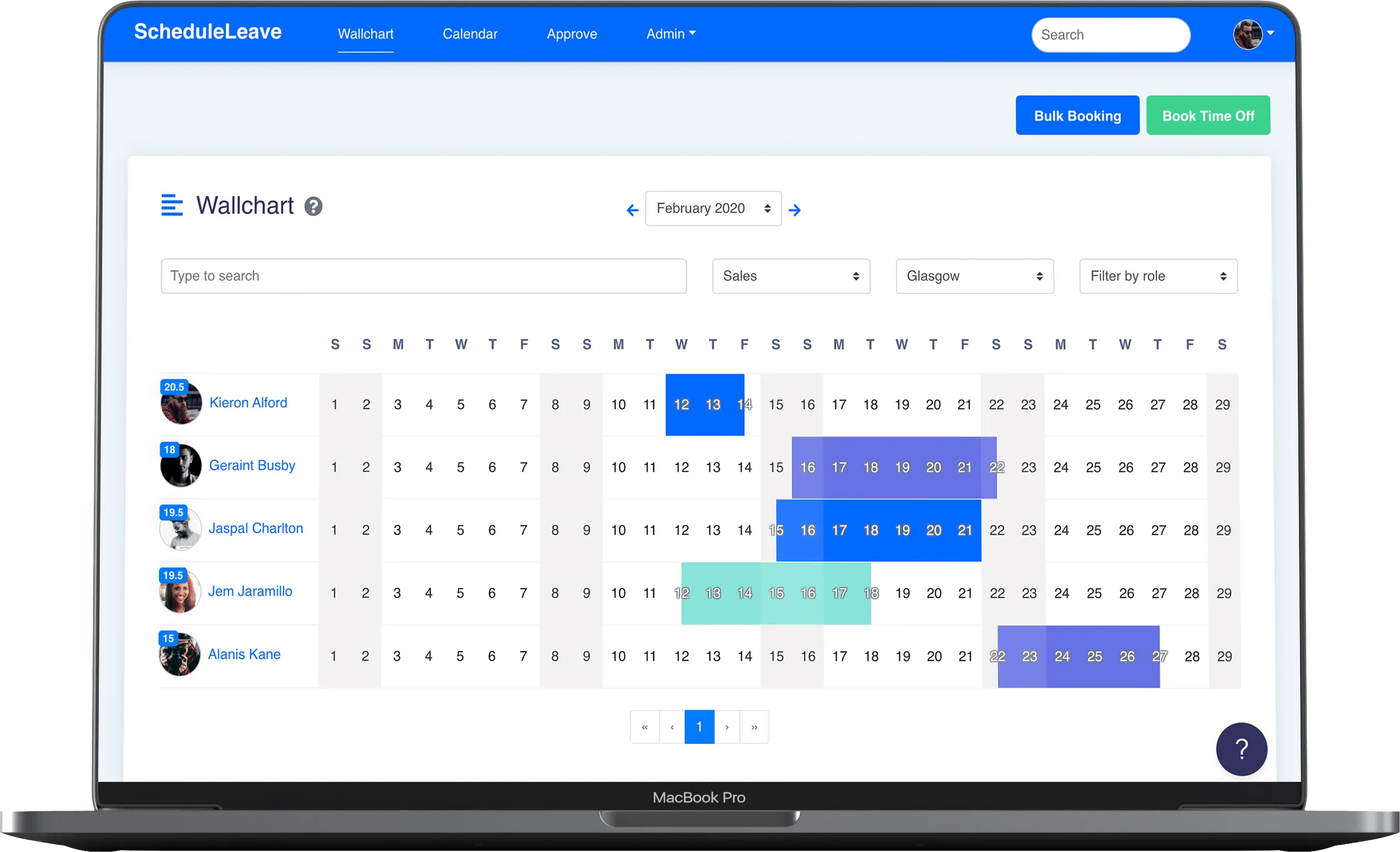Bradford Factor is a formula frequently used in HR to assess the absence of employees. It's a number that reflects how many absences unplanned by an employee took during the year.
In general, it is the case that the amount of absences increases with each absence. When you monitor the absence of your employees, the Bradford Factor can help you determine the impact that might affect the overall functioning of the company. The higher your score is, the more significant the impact. You can also use the Bradford Factor for your employees via scheduleleave.com/bradford-factor-calculator/.

How do you calculate The Bradford Factor?
You're probably thinking about where exactly this number is derived from. This is the formula that explains this number: Bradford Factor.
E2 D = Bradford Factor
E is the number of instances of absence
D is the total number of days of absence in the 52-week time frame
Examples from Bradford Factor calculations?
You may have noticed in the formula an employee who suffers frequent, brief bouts of illness will accumulate a higher Bradford Factor than an employee who experiences fewer bouts of illness, but who takes more days off per time.
Let's imagine that Lucy has taken seven days off sick during the past year. The Bradford Factor score will depend on how many days of absence she's had. For instance,
1 period of absence: 1-instance x one incident x seven days total off = seven (Bradford Score of the Factor)
2 absences: 2 instances x 2 instances, totaling 7 days off
= 28 (Bradford Factor score)
3 periods of absence: 3 instances x 3 times x total days of absence
= 63 (Bradford Factor Score)
Bradford Factor can be an effective method of evaluating the absence